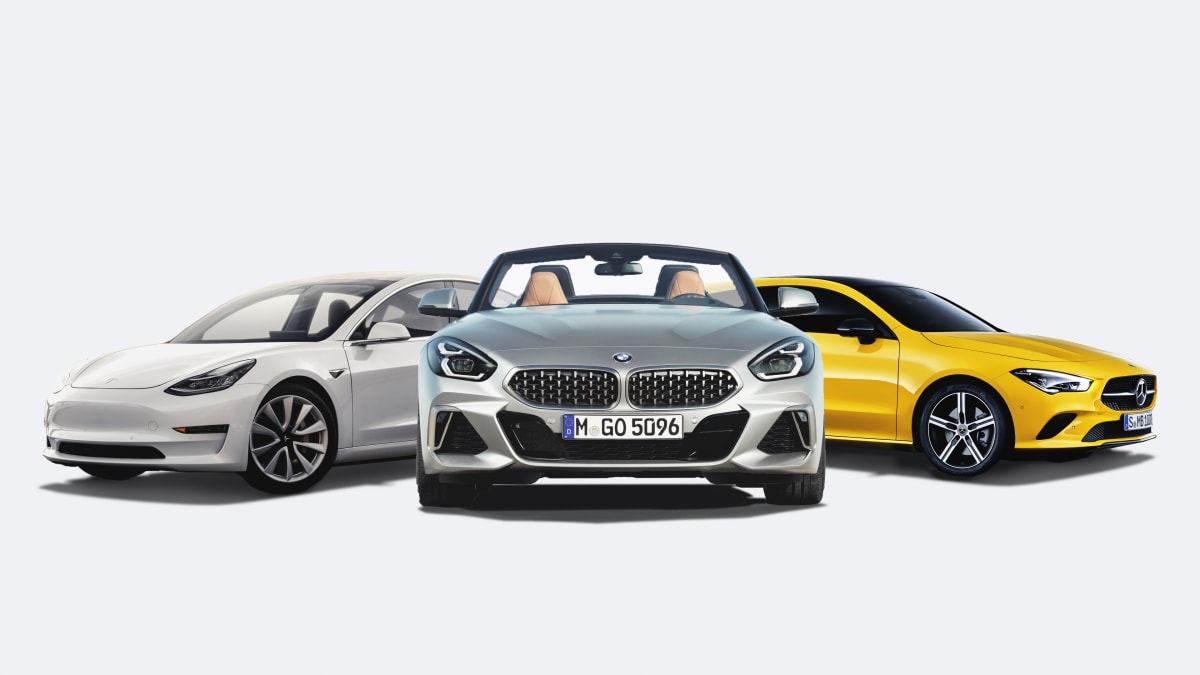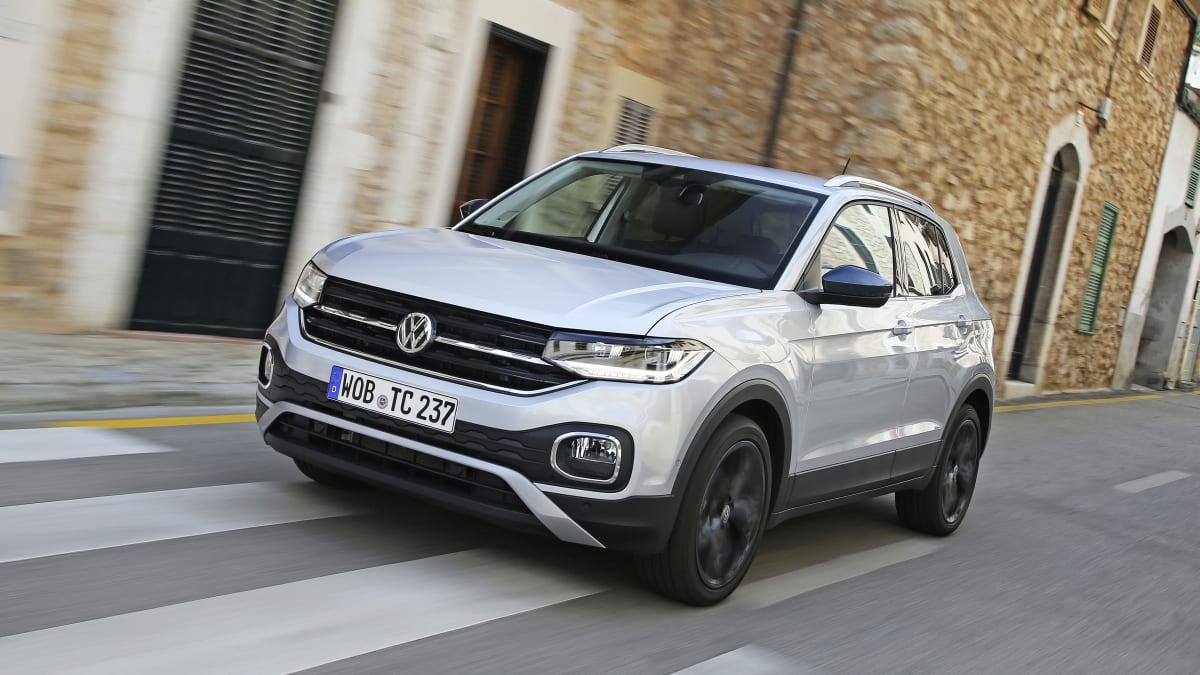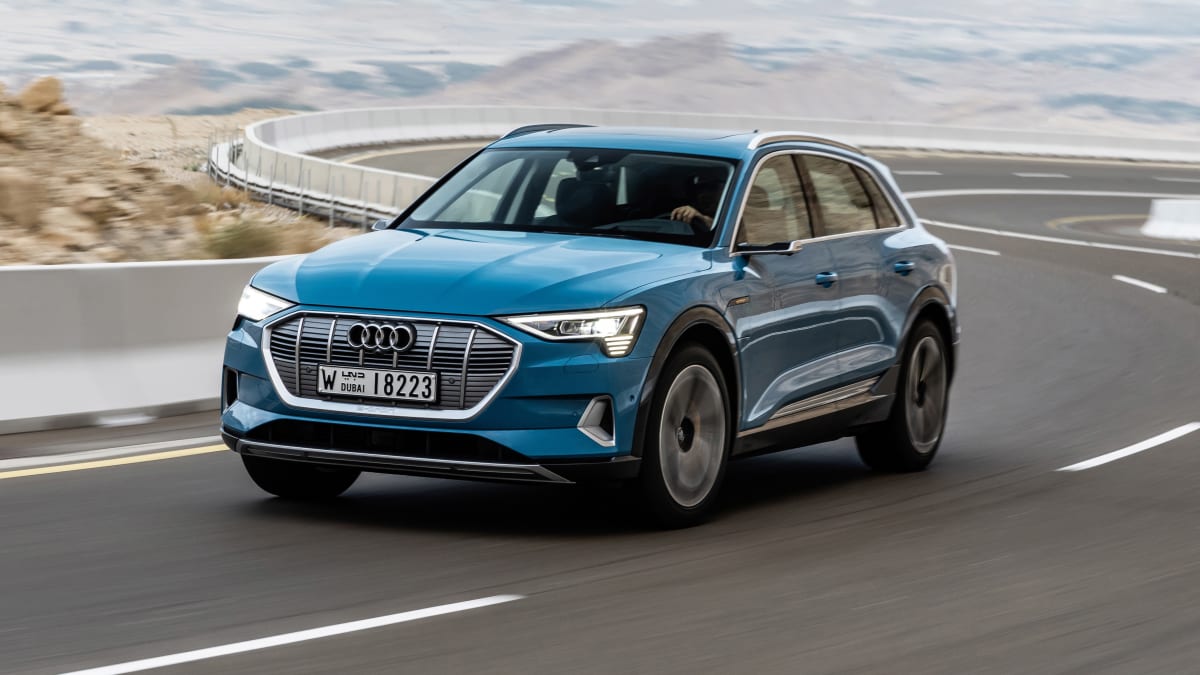
ADAC and its partners carried out a total of 48 crash tests for Euro NCAP in 2019, 38 of the models tested received the top rating of 5 stars, a great success of the Euro NCAP program.
- ADAC rank of 48 models in 2019
- Small cars can also offer maximum occupant protection
- Additional safety systems for new cars mandatory from 2022
A car that flops in terms of safety cannot be sold as well as one with good results. Therefore, the manufacturers usually do everything they can to get the coveted top grade of five stars in the Euro NCAP crash test . They very often succeed. In 2019, 38 out of a total of 48 crashed vehicles received the full five stars. A great success – for the manufacturers and for the customers.
But not every five-star model is equally safe. Because if one examines the individual results in the different categories, a differentiated picture emerges. So it can be worth looking at the results in detail when you buy a car. The four test disciplines , which are determined with a front and side crash and in the event of a pile impact , are:
- Occupant protection
- Child safety
- Pedestrian protection
- Active security
The ADAC ranking is based on the degree of overall fulfillment of the Euro NCAP requirements – regardless of the vehicle class.
ADAC ranking by overall result
The tabs in the infogram take you to the individual assessments of the four test chapters. You can find photos, videos and the detailed crash test result for each model under the link provided. You can also filter out a single model by entering the name in the search field.
Five stars – with differences in details

The result proves that the safety of a vehicle is not a question of the purchase price . The safest vehicle in the 2019 tests is not an expensive S-class luxury vehicle , but the Mercedes CLA – a lower-middle-range vehicle. The CLA is available from around 36,000 euros. The VW T-Cross , a small car that comes in at prices between 20,000 and 30,000 euros, is already in 8th place . The Tesla Model X , which costs at least 85,000 euros, is the first model in the luxury class in the list and only marginally better in sixth place.
The degree of fulfillment for overall safety is 89.8 percent for the Mercedes CLA, 88.6 percent for the Tesla and 88.2 percent for the T-Cross. If you look at the detailed ratings , you can see that the differences between the three models are the smallest in occupant protection (96/98/97%). The Tesla, on the other hand, weakens in terms of pedestrian protection (72%), the Mercedes in terms of active safety (75%). The children in the Mercedes are safest for this (91%). Like the VW T-Cross, this is the most balanced overall: in no individual discipline is the degree of fulfillment below 80 percent.
New electric cars perform differently

With just three stars at the end of the year leaderboard, the electrically powered small cars VW e-up! / Seat Mii electric / Škoda Citigo e iV . The bad result of the VW group trio results from poor pedestrian protection (46%) and from the fact that the cars have hardly any active safety components on board (55%). When the basic construction for the three was developed, a city emergency brake assistant was on board as standard, but is missing in today’s model. This is not a step forward, but a step backwards.
While there is hardly anything to complain about in the fully electric Model 3 and Model X from Tesla and the Mercedes EQC , the brand-new Audi e-tron , which is assigned to the upper middle class, only scores with 5 stars and a degree of safety of 82.8 percent in the rear midfield. The reason for its comparatively poor placement is the moderate pedestrian protection (71%) and the relatively poor standard equipment with regard to active safety systems. They often cost an extra charge for the Audi.
Even the new Porsche Taycan ( luxury class) cannot convince all along the line, despite its overall rating of 5 stars. Only 73 percent in active safety equipment and 70 percent in pedestrian protection are not befitting for a premium manufacturer like Porsche.
Outlook: Cars will be even safer in the future
While ABS and ESP have been mandatory in the vehicle for years, the European Union (EU) will require additional assistance systems for new vehicle types to become legally binding from summer 2022 . Namely: the tire pressure monitoring system, the intelligent speed assistant (ISA), the emergency brake light, the reversing assistant, a lane departure warning system, an emergency lane departure warning system, a fatigue warning and an emergency braking assistant.
As early as 2020 , the requirements for crash performance will also be tightened. So the crash vehicle is catapulted to an oncoming car instead of a standing barrier (as before). The speed in the side crash is also increased.
Conclusion
The comparative evaluation of the crash test results shows that safety is by no means the domain of high-priced vehicles. Small cars can also offer a high level of safety and occupant protection.
Because some manufacturers aim precisely at the minimum values for fulfilling the 5-star rating, while other manufacturers try to offer optimum vehicle safety as standard, there are also significant differences in the safety level .
Even within the 5-star fleet, it is always worth taking a close look at the differences in the individual disciplines . Those who have children attach more importance to the highest child safety in the car than someone who never has children on board. If you are frequently out and about in the city, you should pay more attention to particularly good pedestrian protection and a particularly reliable city emergency brake assistant . And anyone who buys an electric car wants to be sure that not only are the occupants largely intact after an accident, but that the expensive battery also remains as intact as possible.